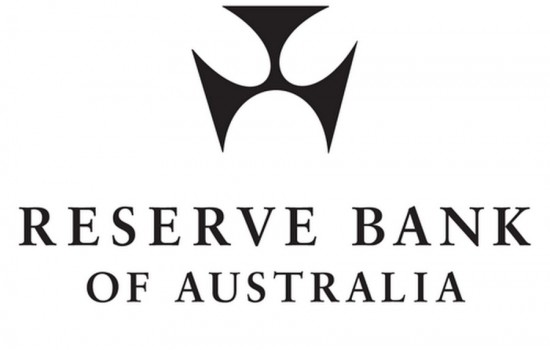

Inflation in Australia has passed its peak, but at 7 per cent is still too high and it will be some time yet before it is back in the target range. This further increase in interest rates is to provide greater confidence that inflation will return to target within a reasonable timeframe.
The annual inflation rate in Australia dropped to 7.0% in Q1 of 2023 from an over-30-year high of 7.8% in the previous period, compared with market forecasts of 6.9%. It was the lowest print since Q2 of 2022, with food prices rising the least in 3 quarters. Furthermore, cost slowed for transport (4.3% vs 8.0%), housing (9.8% vs 10.7%), furnishings (6.7% vs 8.4%), and recreation (8.6% vs 9.0%). Inflation was stable for alcohol & tobacco (at 4.4%), while prices accelerated for health (5.3% vs 3.8%) and insurance & financial services (6.5% vs 5.0%).
High inflation makes life difficult for people and damages the functioning of the economy. It erodes the value of savings, hurts family budgets, makes it harder for businesses to plan and invest, and worsens income inequality. And if high inflation were to become entrenched in people’s expectations, it would be very costly to reduce later, involving even higher interest rates and a larger rise in unemployment. While goods price inflation is slowing, services price inflation is still very high and is proving to be very persistent overseas. Unit labour costs are also rising briskly, with productivity growth remaining subdued.
Growth in the Australian economy has slowed and conditions in the labour market have eased, although they remain very tight. The unemployment rate increased slightly to 3.7 per cent in April and employment growth has moderated. Firms report that labour shortages have eased, although job vacancies and advertisements are still at very high levels.
Wages growth has picked up in response to the tight labour market and high inflation. Growth in public sector wages is expected to pick up further and the annual increase in award wages was higher than it was last year. At the aggregate level, wages growth is still consistent with the inflation target, provided that productivity growth picks up.
On a quarterly basis, consumer prices went up 1.4%, the least since Q4 of 2021, mainly fueled by the growing cost of medical services, tertiary education, gas and household fuels, and domestic holiday travel. Meanwhile, the RBA Trimmed Mean CPI added 6.6% yoy, below the consensus of 6.7%, easing from a record 6.9% increase in Q4 but remaining outside the midpoint of the central bank’s 2-3% target. Quarter-on-quarter, the index rose by 1.2%.
The RBA is still seeking to keep the economy on an even keel as inflation returns to the 2–3 per cent target range, but the path to achieving a soft landing remains a narrow one. A significant source of uncertainty continues to be the outlook for household consumption. The combination of higher interest rates and cost-of-living pressures is leading to a substantial slowing in household spending. Housing prices are rising again and some households have substantial savings buffers, although others are experiencing a painful squeeze on their finances. There are also uncertainties regarding the global economy, which is expected to grow at a below-average rate over the next couple of years.
June 07, 2023
